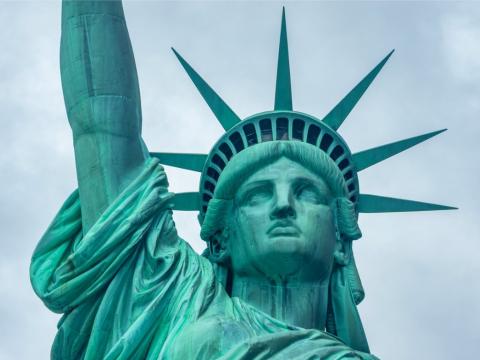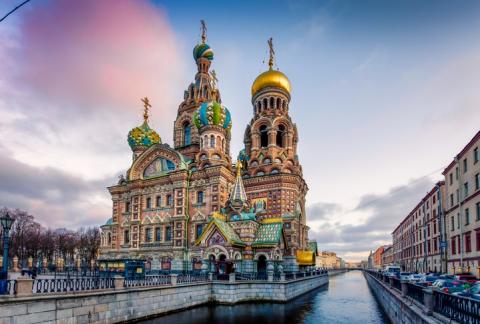Can You Name These Chinese Landmarks?
This landmark in northern China is a popular hiking destination.
- Built around 1474, the Great Wall of China is over 13,000 miles long. More than 1 million laborers contributed to its construction.
This palace in Beijing is the world's largest palace.
- As the world's largest imperial palace, the Forbidden City is a very important place. It contains more than 90 palace quarters and courtyards.
This historical landmark in Beijing was the infamous site of a student protest.
- Important culturally, outside of China, Tiananmen Square is most known for the protests and massacre that happened there in 1989.
This landmark in Beijing is mostly water, by surface area.
- Much of the Summer Palace is actually water, as the property covers 1.1 square miles. It has many lakes and gardens as well as palaces.
This popular area in Shanghai is one of the world's busiest shopping centers.
- Nanjing Road is the equivalent of Fifth Avenue in New York. It is the most popular shopping street in Shanghai.
This temple in Luoyang survived the burning of the city described in Romance of the Three Kingdoms.
- The White Horse Temple is thought to have been the first Buddhist temple built in China. It was built around 68 AD.
This waterfront area in Shanghai is a center for Art Deco architecture, a legacy of its history as a port for Western powers.
- The Bund, also known as Walton, is a waterfront area in Shanghai. It is a protected historic district.
This landmark in Xi'an has a noticeable tilt.
- The Giant Wild Goose Pagoda is located in Xi'an. It was built during the Tang Dynasty and originally had five stories.
This seasonal landmark in Harbin houses the world's largest snow festival.
- Harbin Ice and Snow World is home to the annual winter festival, which is now the largest in the world.
This landmark in Southern China was featured on the 20 yuan note.
- The Li River, located in Southern China, is nearly 52 miles long. It flows from Guilin to Yangshuo.






